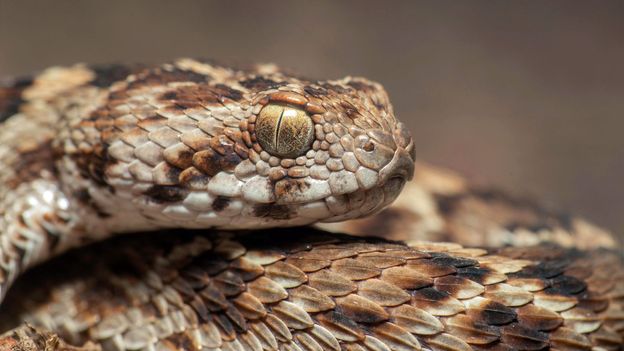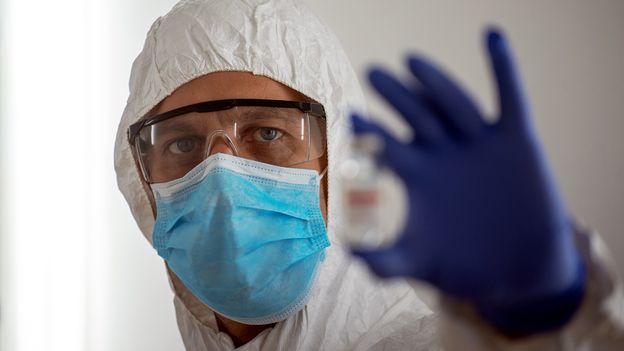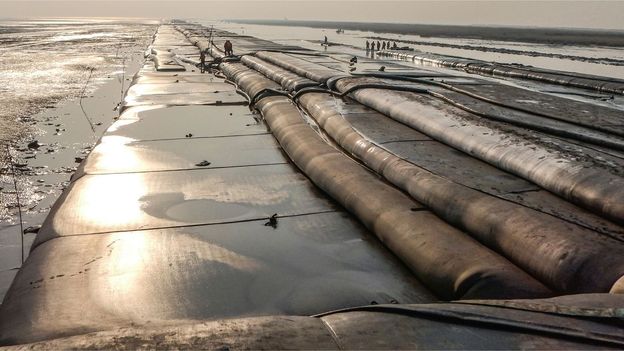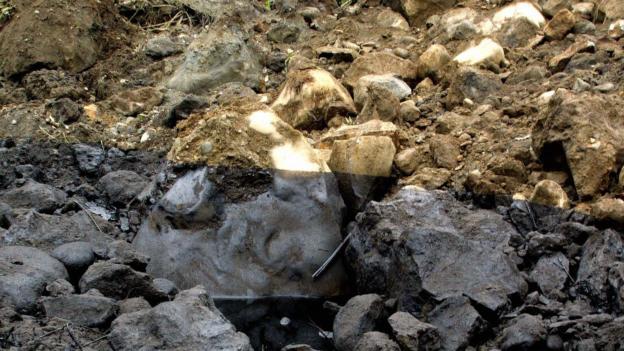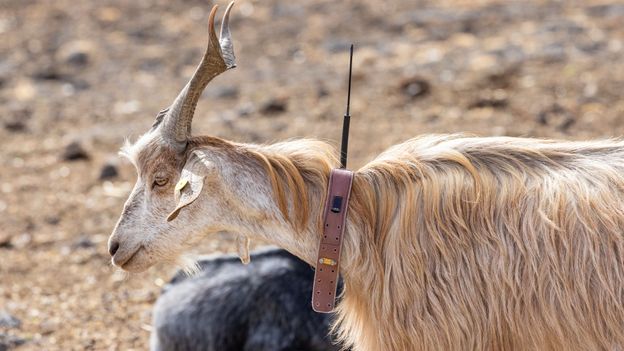It was the smile that clinched it.
The first cadre of Soviet space explorers gathered together numbered 20. Among them were Gherman Titov, still the youngest person to fly in space (aged 26), and Alexei Leonov, the first person to venture out of the safety of a capsule to conduct a spacewalk.
But these pioneers still followed in the footsteps of another.
The cosmonaut who would become the first man in orbit needed to be a calm and confident pilot, someone able to function on a mission no person had ever encountered without going to pieces. But there was more to this selection process than pure technical skill.
Yuri Gagarin’s smile, it’s been said, could melt the stoniest heart, and not even those at the highest echelons of Soviet power were immune. When Sergei Korolev – the USSR’s chief rocket designer – first met the cadre of pioneering cosmonauts, he spent most of that first meeting chatting to the charismatic Gagarin. Korolev would later call him his “little eagle”.
Gagarin’s historic mission in Vostok 1 on 12 April 1961 lasted one hour and 48 minutes – far less than the average multiplex movie. The 5ft 2in (155cm) fighter pilot and former foundry worker – his short stature perfect for the cramped interior of the Vostok capsule, it turned out – blasted into space from the Baikonur Cosmodrome (now in Kazakhstan) with a delightfully informal quip into his earpiece: “Let’s roll!” Less than two hours later, his re-entry capsule landed on the ground near the city of Engels in Western Russia, with Gagarin himself landing by parachute minutes later.
You might also like:
A farmer and her granddaughter, who had seen the round capsule fall heavily to Earth, were greeted by the site of a strange, silver-suited figure. “I told them, don’t be afraid, I am a Soviet like you, who has descended from space and I must find a telephone to call Moscow!” Gagarin later wrote in his log book. In a few short weeks, the cosmonaut’s face would become one of the most recognisable in the world.
***
Yuri Gagarin had become the first human to conquer space. The politburo had another mission for him – to conquer the world.
The Soviet Union’s leadership knew that should the maiden mission be successful, the first human in space would become a face recognised around the world. The first cosmonaut would become a weapon of soft power.



